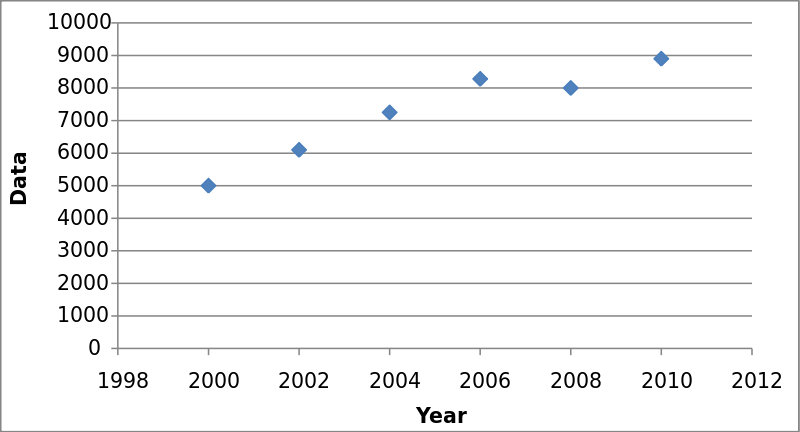Statistics Definitions > Statistical Relationship
What is a Statistical Relationship?
Relationships in probability and statistics can generally be one of three things: deterministic, random, or statistical. A statistical relationship is a mixture of deterministic and random relationships.
- A deterministic relationship involves an exact relationship between two variables. For example, let’s say you earn $10 per hour. For every hour you work, you earn ten dollars more.
- A random relationship is a bit of a misnomer, because there is no relationship between the variables. However, random processes may make it seem like there is a relationship. For example, you spend $20 on lottery tickets and win $25. That “win” is due to random chance, but it could cause you to think that for every $20 you spend on tickets, you’ll win $25 more (which of course, is false).
- A statistical relationship is a mixture of the above two relationships. It’s a relationship that’s part deterministic, and part random. For example, there is a statistical relationship between calorie intake and weight gain. But the relationship isn’t exact: how much weight you gain depends on a lot of other factors and some element of randomness. Does that 200 calorie chocolate bar really contain 200 calories? Did you really eat exactly one portion of ice cream?
How to Tell if a Statistical Relationship Exists
A statistical relationship exists if a change in one variable (X) results in a systematic increase in another (Y). The systematic increase doesn’t have to be exact (i.e. up by ten units each time), but it should be approximately the same (“around ten”). Ways to measure statistical relationships include:
- A line graph or scatterplot can give you an idea about relationships. This doesn’t have to be a straight line (a “linear relationship“), but it should shown a definite pattern (a parabolic curve is an example of a “nonlinear relationship”). The pattern doesn’t have to be perfect (like in the scatterplot above), and is sometimes called a “trend.”
- Correlation is a measure of relationship strength. Pearson’s R is one numerical measure of the correlation strength. A value of 0 means no relationship and 1 means a perfect relationship.
- Cohen’s D is also a measure of relationship strength. In general, values close to zero are “small” relationships and values closer to one are “large” relationships.
Next: Causation vs. Correlation
References
Gonick, L. & Smith, W. (1993). The Cartoon Guide to Statistics Paperback – Illustrated. HarperPerennial.
